Training | Preventing Overtraining - When Less Is More...
Decreasing your training can improve performance and prevents over-training…
Over-training syndrome frequently occurs in athletes who are training for competition or a specific event and train beyond the body's ability to recover. Athletes often exercise longer and harder so they can improve. But without adequate rest and recovery, these training regimens can backfire, and actually decrease performance.
Conditioning requires a balance between overload and recovery. Too much overload and/or too little recovery may result in both physical and psychology symptoms of over-training syndrome.
Common warning signs of over-training include:
Washed-out feeling, tired, drained, lack of energy
Mild leg soreness, general aches and pains
Pain in muscles and joints
Sudden drop in performance
Insomnia
Headaches
Decreased immunity (increased number of colds, and sore throats)
Decrease in training capacity / intensity
Moodiness and irritability
Depression
Loss of enthusiasm for the sport
Decreased appetite
Increased incidence of injuries
A compulsive need to exercise
It's hard to predict over-training since everyone's body is different. It is important, however, to vary training through the year and schedule in significant rest time.
Exercise Induced Repetitive Use Injuries...
Searching for the reason that repetitive use injuries occur can be difficult and frustrating. With a traumatic injury the cause is obvious, but with repetitive use or overuse injuries, identifying the cause is more challenging. Identifying the cause(s) of a repetitive use injury is critical; otherwise, it becomes a recurring injury.
A few reasons why this happens:
1. The first is using it too much, too fast, too soon. Even if you have the body of superman/superwoman, if you do too much, too fast, too soon, something will break down.
2. The second explanation is doing it on a funky system. The condition of what is being used is significant. If the anatomical structure is weak, limited or impaired, there is increased risk of break down.
3. The third issue is doing it funky. If the manner in which you perform an activity or exercise is faulty or incorrect, that can lead to an injury.
If you are experiencing any of the above make sure to contact the trainer or staff so we may better serve you.

